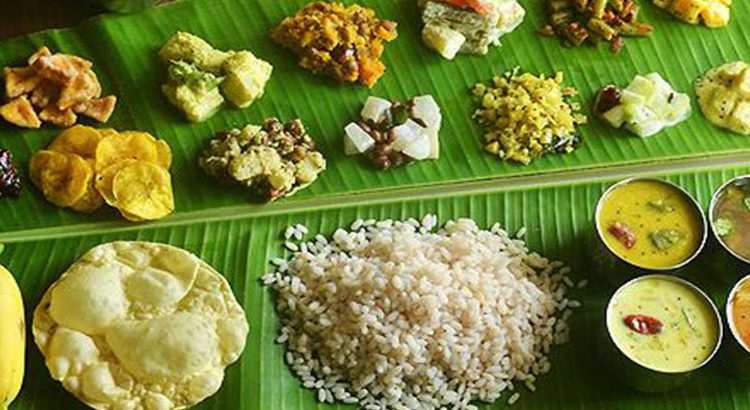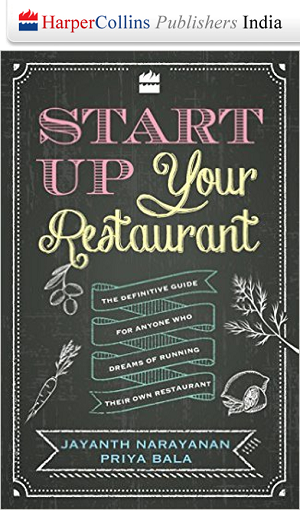
US Academic Tom Nichols’s tweet – ‘Indian food is terrible and we pretend it isn’t’ – caused scores of Indians, especially the non-resident ones, to get their chaddis in a twist.
The furious responses came fast. ‘Do you not have taste buds?’ celeb chef Padma Lakshmi asked. Nichols was sticking to his statement. ‘I think people often pretend to like non-American cuisines as a way of showing sophistication. I’m honest enough to say that my mostly Irish taste buds can’t handle whatever it is that is called “Indian” in the US and UK. You may all continue with your outrage now,’ he wrote in USA Today.
‘I have often teased friends who have dragged me to an Indian restaurant, as I watch them sweat and choke and drink pitchers of water,’ he continued.
In the midst of the outrage, let’s stop and think. Nichols may, in fact, have good reason to dislike, even loathe, Indian food, the version that’s common abroad. Sure, chefs like Manish Mehrotra and Atul Kochar are giving London and New York a taste of Indian food in its most sophisticated form. Still, most diners’ experience of Indian food there is naan bread and chicken tikka masala, so common it’s become an absurdity now. Even in Scandinavia with its edgy dining options, I’ve noticed Indian eateries rarely go beyond poppadum and pineapple raita.
Forget restaurants abroad; how representative of the Indian culinary traditions are Indian restaurants in India? In Bangalore, restaurants serving the varied and wonderful cuisine of Karnataka are thin on the ground, save exceptions like the Bangalore Oota Company, by the spirited duo of Divya Prabhakar and Vishal Shetty. Where do you go for a satisfying Tambrahm meal, simple and satisfying with its profusion of vegetables and balance of tastes?
It’s not easy to find in our cities restaurants celebrating Odiya cuisine or the food of Rajasthan. Restaurants ostensibly serving Andhra cuisine fall into the babycorn Manchurian trap, neglecting the wondrous podis and pickles of the state.
If chefs served a classic duck mappas, they wouldn’t have to think of drowning pulled duck meat in makhni gravy – yes, I ate that recently. Kulchas stuffed with burrata and truffle oil can certainly add excitement to an Indian menu, but even more inspiration is waiting to be found in the indigenous foods of every region in this country.
Some chefs and restaurants are, thankfully, looking in that direction, sourcing local ingredients –from gondhoraj lime to hog plum and dalle chillies — and digging out recipes from ethnic communities. We are seeing donne biryani and holige on brewpub menus dominated by nachos and pasta in pink sauce. But more needs to be done and regional Indian cuisine – not the sort that causes diners to sweat and choke and drink pitchers of water – must come to the fore in all its diverse deliciousness. We can then invite Mr Nichols to a meal.










